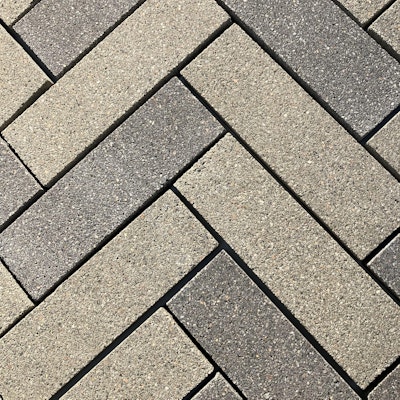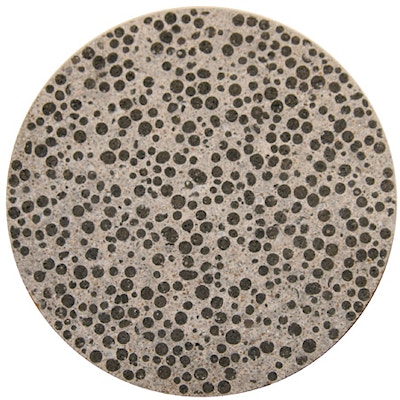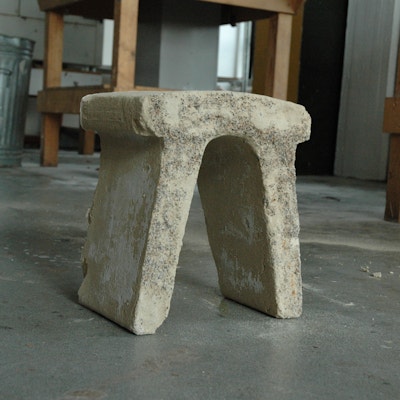Material Collection
Bacterial
On the cutting edge of natural materials, some manufacturers are harnessing the power of bacteria to make exciting new products. In some cases, the living bacteria acts as a means to grow products from scratch. In others, the materials come alive when damaged during use in order to repair themselves.
Below are a few examples of Bacterial products that meet our rigorous evaluation. For further help, scroll down to "Spec Guidance”.
Bacterial
4 products
About Our Collections
The goal of our collections is to help promote transparency in the material ingredients of building products by fostering knowledge and awareness of products and materials for which life-cycle information is available, and that have environmentally, economically, and socially preferable life-cycle impacts.
Keep an eye out for the following symbols:
A Healthier Affordable Building Product
Products with the designation of "Healthier & Affordable" were specified and installed in at least one of our Case Studies of healthier affordable housing.
Available at the Donghia healthier Materials Library
The Donghia healthier Materials Library library is open to Parsons student and faculty. Learn more about access and opening hours here.
Low Embodied Carbon
“Embodied Carbon” is the total amount of carbon emitted during the process of making a material. *HML refers to a manufacturer's EPD to determine whether a product's A1-A3 carbon emissions falls within HML's threshold for Low Embodied Carbon.
New Product
This product has been added to the collection within the past six months.
Product in Development
Products with this designation identify they are currently scaling or only available in markets outside of the building industry. they could be experimental or in use in capsule collections.
Available in the EU
Products with this designation are currently available only in the European Union and identified as being an exemplary healthy option in the respective product group.
Ingredient Disclosures
There are several ways of evaluating a material’s health that we include with product information. Disclosures are reports by manufacturers about product ingredients, impacts, or other attributes.
Key Disclosures include:
Health Product Declaration (HPD)
A voluntary technical specification for reporting information on product contents and associated health information, intended to be the health-analogue to Environmental Product Declarations (EPDs).
Declare Label
Declare is a transparency platform and product database that answers three questions:
1. Where does a product come from?
2. What is it made of?
3. Where does it go at the end of its life?
Environmental Product Declaration (EPD)
A standardized format for communicating the environmental effects associated with a product’s raw materials extraction, energy use, chemical makeup, waste generation, and emissions to air, soil, and water.
Safety Data Sheet (SDS)
A reporting format that provides basic information about a material’s chemical ingredients, the potential safety hazards to installers, and recommended practices for installation.
USDA Certified Biobased Product Label
Managed by the U.S. Department of Agriculture (USDA), the goal of the BioPreferred Program is to increase the purchase and use of biobased products.
Other
| Manufacturer | Product | Ingredient Disclosures |
|---|---|---|
| bioMASON | bioMASON |
bioMASONUsed in Healthier Affordable HousingAvailable At the Donghia Materials LibrarybioMASON grows tiles using technology similar to hydroponics - units mixed with microorganism are fed an aqueous solution to harden the tiles to specification. bioMASON’s process eliminates the need for firing by replacing the curing/hardening process with biologically controlled structural cement. CategoryPourables and Aggregates, ConcreteManufacturerbioMASON
Material composition*Sand, Sporosarcina pasteurii (bacteria), Calcium Carbonate *as reported by the manufacturer CERTIFICATIONS & DISCLOSURES
Health Product Declaration (HPD)
Declare Label
Environmental Product Declaration (EPD)
Safety Data Sheet (SDS)
USDA Certified Biobased Product Label
Other
Last UpdatedJanuary 31, 2025 |
| Dr. Henk Jonkers | BioConcrete |
BioConcreteAvailable At the Donghia Materials LibraryBioConcrete is a self-healing concrete product made of biodegradable plastic capsules of calcium lactate and bacteria added to a wet concrete mix. When activated by water, the capsules expand and fill any cracks that exist in the concrete. CategoryPourables and Aggregates, ConcreteManufacturerDr. Henk Jonkers
Material composition*Concrete, calcium lactate, bacillus bacteria, biodegradable plastic *as reported by the manufacturer AVAILABLE SIZINGN/A CERTIFICATIONS & DISCLOSURES
Health Product Declaration (HPD)
Declare Label
Environmental Product Declaration (EPD)
Safety Data Sheet (SDS)
USDA Certified Biobased Product Label
Other
Last UpdatedJuly 11, 2023 |
| Damian Palin | BioMineralized Concrete |
BioMineralized ConcreteBioMineralized Concrete uses bacteria to bind a sand aggregate. The technology allows for the sand, or any other small, rough aggregate, to be used to make a solid material. Because it hardens at room temperature, it saves the energy that typically goes into baking bricks. BioMineralized Concrete can be used as a concrete substitute. However, it has 2/3 the strength of traditional concrete, so it needs to be reinforced by adding fiber or metal, or through pressurization during casting. CategoryPourables and Aggregates, ConcreteManufacturerDamian Palin
Material composition*Sand, Calcium Chloride, Urea, Bacteria *as reported by the manufacturer AVAILABLE SIZINGN/A CERTIFICATIONS & DISCLOSURES
Health Product Declaration (HPD)
Declare Label
Environmental Product Declaration (EPD)
Safety Data Sheet (SDS)
USDA Certified Biobased Product Label
Other
Last UpdatedDecember 04, 2019 |
| Rheom Materials |
BENREE™
|
BENREE™Available At the Donghia Materials LibraryProduct in DevelopmentBenree™ is a PHA ( Polyhydroxyalkanoate) biopolymer resin fermented by bacteria and sold as pellets for injection molding. It is made of 100% Biobased Content and has been awarded the USDA Certified Biobased Product Label in the BioPreferred® Program. Benree is currently undergoing biodegradability testing and in development for 3D printing filament. Suitable for injection molded products such as eyewear, packaging, and electronics. PFAS-free. CategoryThermoplastic / Biobased, PHAManufacturerRheom Materials
Material composition*PHA 80-90%, Mineral fillers 5-15%,Lubricant 0.1-1%, Algae pigment 0.1-0.5% *as reported by the manufacturer CERTIFICATIONS & DISCLOSURES
Health Product Declaration (HPD)
Declare Label
Environmental Product Declaration (EPD)
Safety Data Sheet (SDS)
USDA Certified Biobased Product Label
Other
Last UpdatedJanuary 29, 2025 |
The products in this collection have all been evaluated holistically for their contents and performance. To be considered, the product must also have a primary ingredient (by volume) that is derived or harvested from bacteria or a bacteria-derived substance that plays a critical role in the product’s performance or manufacturing avoiding additives harmful to human and planet.
Spec Guidance
Inquire with manufacturers for transparency and LCA information as much as possible. Materials new to the market may not yet have certifications and disclosures and often are made proprietarily.
Avoid bacterial materials which still contain petrochemicals in the product or in the manufacturing process.
Opt for bio-based materials which are fully biodegradable. Bio-based does not necessarily ensure biodegradability.
Investigate energy used in the manufacturing processes. Opt for renewable and low-energy processes if possible.
Updated February 27, 2018
More Collections
Join Our Academic Network
Get Access to our carefully researched and curated academic resources, including model syllabi and webinars. An email from an academic institution or a .edu email address is required. If your academic institution does not use .edu email addresses but you would like to join the network, please contact healthymaterialslab@newschool.edu.
Already have an account? Log in